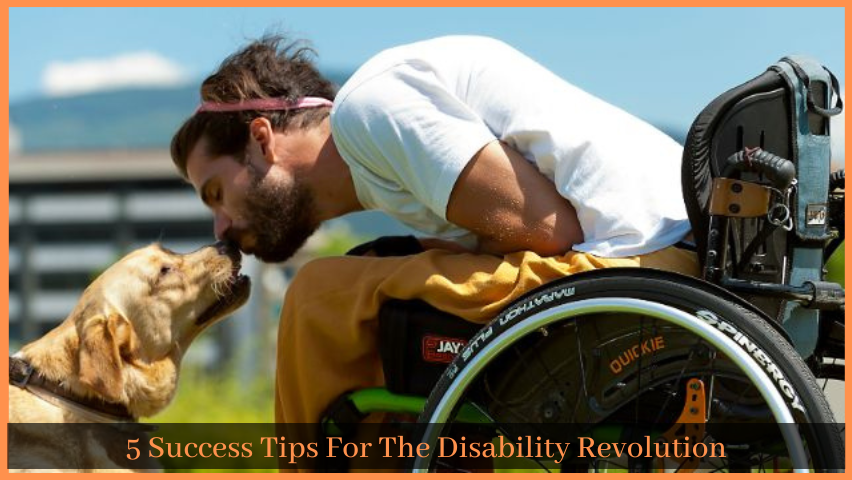-
Look it up on the internet. No, no, no!
Simple Google term searches aren’t always the most dependable way to conduct in-depth research, but they’re still a good place to start to get a sense of what’s going on in the disability network. Understand publications, look at item indexes and surveys, and make connections with incapacity organisations and disabled people you come across in your list of stuff. A few key questions might help you avoid obvious duplication, as well as counterfeiting. It can also help you identify potential conflicts with large sections of the internet network that you might unwittingly cause.
-
Run your idea by as large and diverse a group of incapacitated people as possible, and pay attention to what they say.
Because you or someone close to you is disabled, it doesn’t mean you understand what most disabled people require, require, and think. Except for hearing a general delegate test of thinking from real disabled folks, you’ll never be able to satisfy everyone… with various types of disabilities, various races, societies, and foundations, various beneficial encounters, and from various locations… can assist you in ensuring that your thought is at the very least in the ballpark.
If you don’t know how to connect, try contacting your local Empowering Community Disability Services provider. Make an attempt to connect with incapacitated people on social media sites like Facebook and Twitter. Make an effort not to be shy! However, respect people’s time and don’t ask them to do a lot of work without offering to pay them.
-
Be unmistakable about what makes you think debilitated people need something new, interesting, and needed.
If you’re going to spend time, be well aware of it and present the greatest defence you can for why a specific wheel needs to be reevaluated. Most essential, make every effort to answer the question, “How would this item, project, or programme be better, easier, more liberating, and more reasonable for people with disabilities?”
-
Collaborate with others who are working on similar or identical projects.
If you discover that your idea isn’t novel in any manner and that a large number of people are actively working on it, don’t give up; contribute! A lot of activities by disabled people and their partners fail because a. the trendsetter needs to be the star of their project more than they need to accomplish the task’s objectives, and b. the activities require widespread, well-known help and purchase from enough disabled people to be viable. Other than starting your own thing, look into other ways to give your thoughts and efforts.
-
Be prepared to abandon your idea if it turns out to be nothing new, extraordinary, or necessary.
Sometimes, giving up your perfect plan and collaborating with others is the most helpful and game-changing thing you can do. In truth, there is still plenty of room in disability culture for trailblazers and business visionaries. However, there is also a critical demand for people to collaborate with current pioneers and creatives in order to make their ideas come to life and work.
The first step for any of us is to conduct research and communicate with the incapacity network… having a receptive attitude and self-images under strict control.



